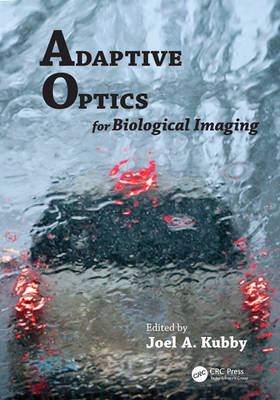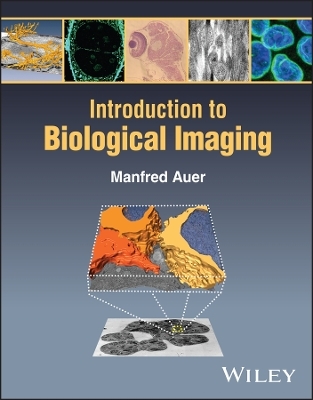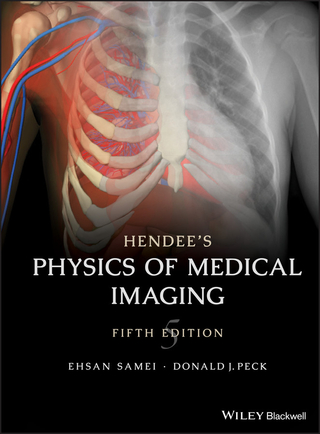
Adaptive Optics for Biological Imaging
Crc Press Inc (Verlag)
978-1-4398-5018-3 (ISBN)
Organized into three parts, the book covers principles, methods, and applications of adaptive optics for biological imaging, providing the reader with the following benefits:
Gives a general overview of applied optics, including definitions and vocabulary, to lay a foundation for clearer communication across disciplines
Explains what kinds of optical aberrations arise in imaging through various biological tissues, and what technology can be used to correct for these aberrations
Explores research done with a variety of biological samples and imaging instruments, including wide-field, confocal, and two-photon microscopes
Discusses both indirect wavefront sensing, which uses an iterative approach, and direct wavefront sensing, which uses a parallel approach
Since the sample is an integral part of the optical system in biological imaging, the field will benefit from participation by biologists and biomedical researchers with expertise in applied optics. This book helps lower the barriers to entry for these researchers. It also guides readers in selecting the approach that works best for their own applications.
Joel Kubby is the Department Chair of Electrical Engineering in the Baskin School of Engineering at the University of California at Santa Cruz. His research is in the area of microelectromechanical systems (MEMS) with applications in optics, fluidics, and BioMEMS. Before joining the University of California at Santa Cruz in 2005, he was an area manager with the Wilson Center for Research and Technology and a member of technical staff in the Xerox Research Center Webster in Rochester, New York (1987–2005). Prior to Xerox, he was at the Bell Telephone Laboratories in Murray Hill, New Jersey, working in the area of scanning tunneling microscopy.
Principles: Principles of Wave Optics. Principles of Geometric Optics. Theory of Image Formation. Methods: Aberrations and Benefit of Their Correction in Confocal Microscopy. Specimen-Induced Geometrical Distortions. Simulation of Aberrations. Overview of Adaptive Optics in Biological Imaging. Wavefront Correctors. Adaptive Optics System Alignment and Assembly. Applications: Indirect Wavefront Sensing: Sensorless Adaptive Optics for Microscopy. Implementation of Adaptive Optics in Nonlinear Microscopy for Biological Samples Using Optimization Algorithms. AO Two-Photon Fluorescence Microscopy Using Stochastic Parallel Descent Algorithm with Zernike Polynomial Basis. Pupil-Segmentation-Based Adaptive Optics for Microscopy. Applications: Direct Wavefront Sensing: Coherence-Gated Wavefront Sensing. Adaptive Optics in Wide-Field Microscopy. Biological Imaging and Adaptive Optics in Microscopy. Adaptive Optical Microscopy Using Direct Wavefront Measurements. Index.
| Erscheint lt. Verlag | 10.5.2013 |
|---|---|
| Zusatzinfo | 14 Tables, black and white; 242 Illustrations, black and white |
| Verlagsort | Bosa Roca |
| Sprache | englisch |
| Maße | 178 x 254 mm |
| Gewicht | 861 g |
| Themenwelt | Medizin / Pharmazie ► Medizinische Fachgebiete ► Radiologie / Bildgebende Verfahren |
| Naturwissenschaften ► Biologie | |
| Technik | |
| ISBN-10 | 1-4398-5018-6 / 1439850186 |
| ISBN-13 | 978-1-4398-5018-3 / 9781439850183 |
| Zustand | Neuware |
| Haben Sie eine Frage zum Produkt? |
aus dem Bereich


